Mud, Floodlights, and Fags at Half-Time: Northern Non-League Football in the 1990s Long before online streaming and global fanbases, non-league football in the North of England existed in a world of its own — a cold, hard, beautiful world of rusting turnstiles, smoky clubhouses, and pitches that resembled churned-up farmland by Christmas.

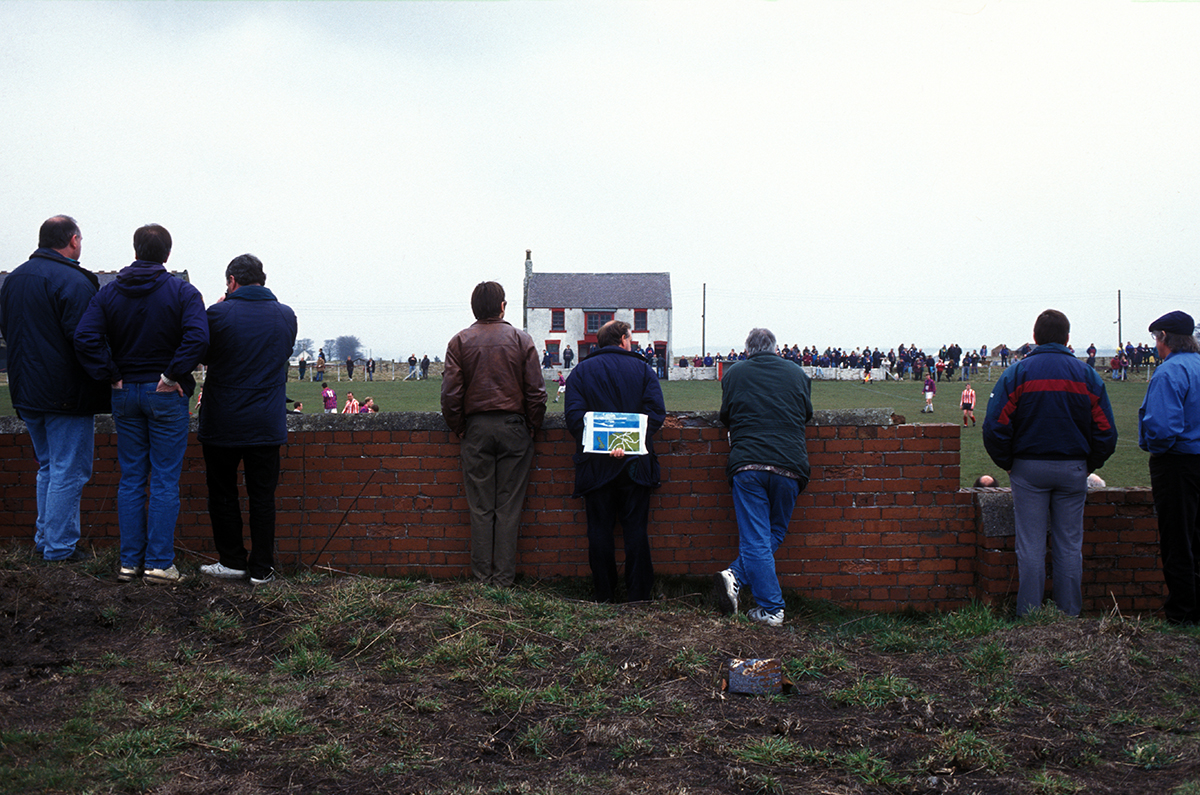 The 1990s were a decade of contradiction. While the Premier League boomed and Sky Sports ushered in a glossy new era, the northern non-league scene clung to its working-class roots. Clubs like
Willington,
Tom Law,
Whickham, and
Prudhoe
were stitched into the fabric of their towns. They weren’t brands — they were battlegrounds for pride, grit, and local bragging rights.
The 1990s were a decade of contradiction. While the Premier League boomed and Sky Sports ushered in a glossy new era, the northern non-league scene clung to its working-class roots. Clubs like
Willington,
Tom Law,
Whickham, and
Prudhoe
were stitched into the fabric of their towns. They weren’t brands — they were battlegrounds for pride, grit, and local bragging rights. Crowds were modest but fiercely loyal. Many fans were the same men who had stood in the same spots since the 60s, scarves knotted tight, pint in hand. Young lads and pensioners rubbed shoulders in wooden stands, boots caked in mud, dogs sometimes trotting pitchside. Floodlights buzzed like flies over cracked concrete terraces, and the half-time smell was part Bovril, part Embassy Regal.
Crowds were modest but fiercely loyal. Many fans were the same men who had stood in the same spots since the 60s, scarves knotted tight, pint in hand. Young lads and pensioners rubbed shoulders in wooden stands, boots caked in mud, dogs sometimes trotting pitchside. Floodlights buzzed like flies over cracked concrete terraces, and the half-time smell was part Bovril, part Embassy Regal.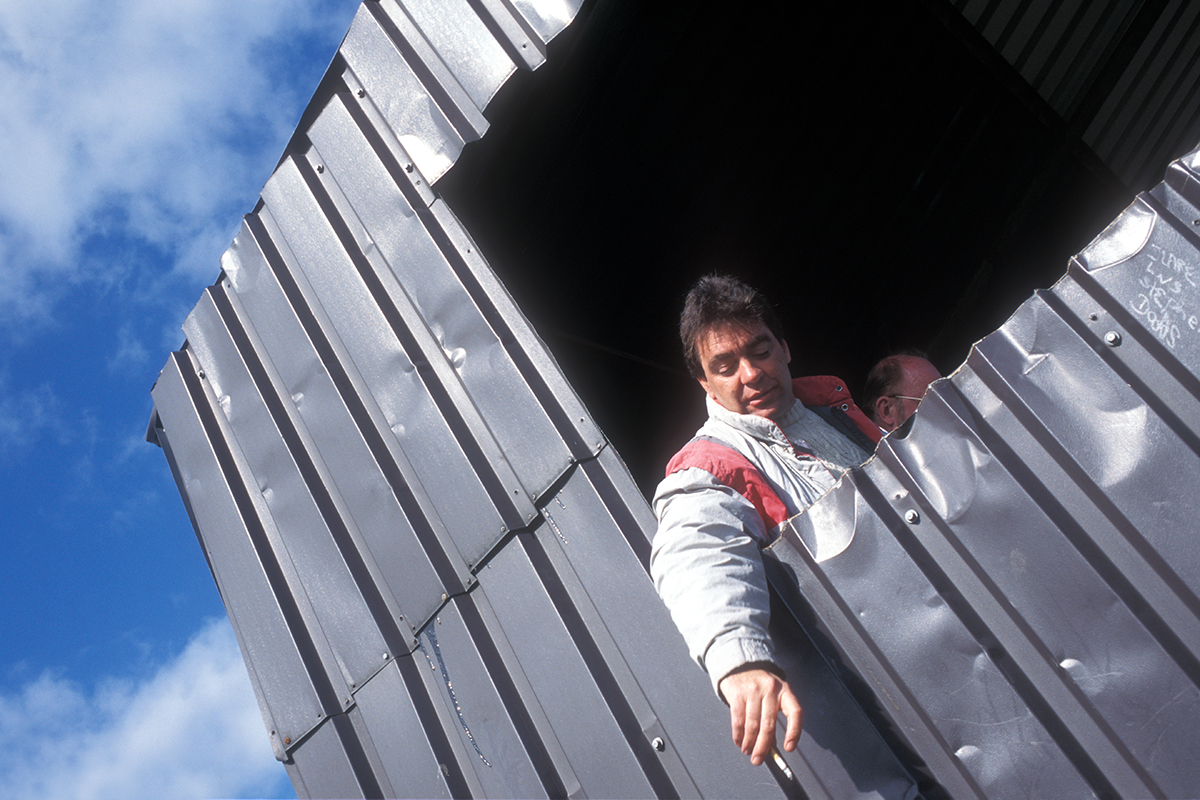 Money was tight. Clubs scraped by with raffles, car boot sales, and the generosity of local businesses — a pub might sponsor the away kit, a chip shop the match balls. Players were part-time and tough as nails: joiners, plumbers, brickies by trade, playing for beer money and battered knees. You didn’t dive in the Northern Premier or the UniBond League — not unless you fancied a real injury.
Money was tight. Clubs scraped by with raffles, car boot sales, and the generosity of local businesses — a pub might sponsor the away kit, a chip shop the match balls. Players were part-time and tough as nails: joiners, plumbers, brickies by trade, playing for beer money and battered knees. You didn’t dive in the Northern Premier or the UniBond League — not unless you fancied a real injury.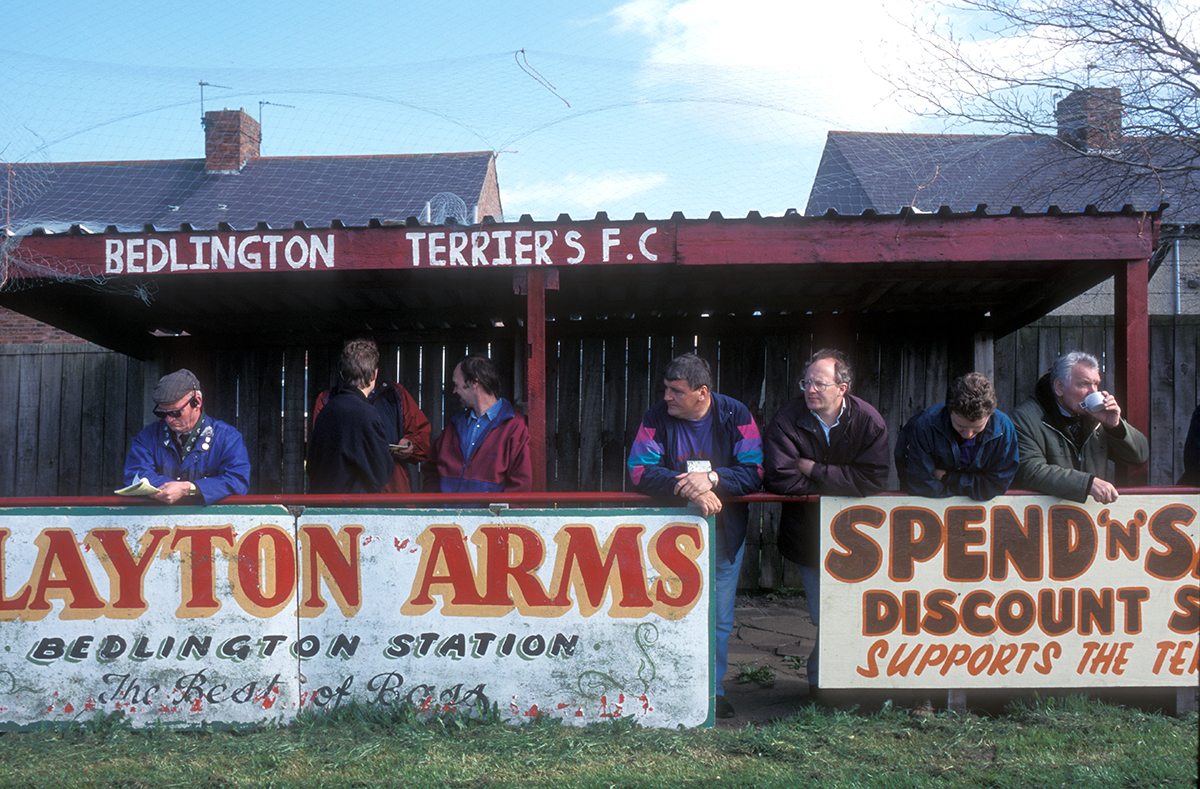
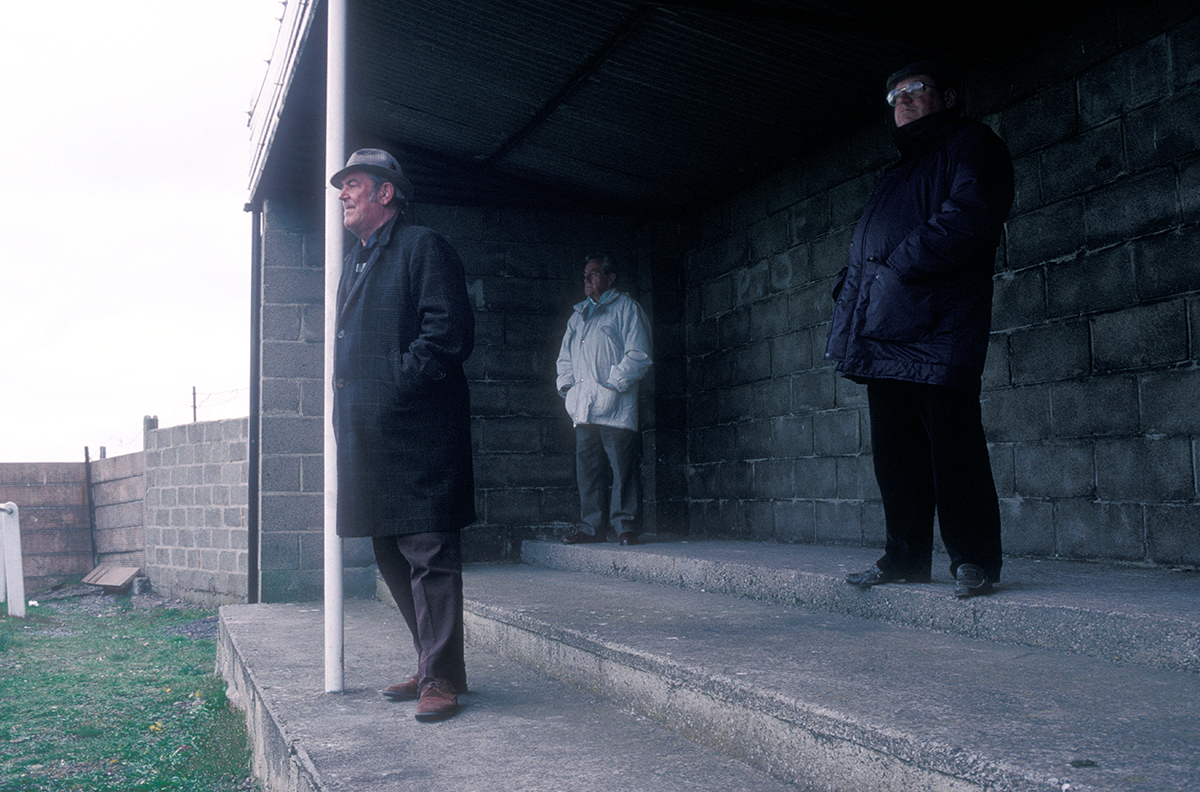 But it wasn’t just a nostalgia act. The 1990s also produced talent — players who’d later climb the pyramid or drop down from higher leagues looking for one last run. It was football stripped back to its bones. Community mattered. The game mattered. On freezing Tuesday nights, with a gale off the Pennines and barely 200 in the ground, it still meant everything.
But it wasn’t just a nostalgia act. The 1990s also produced talent — players who’d later climb the pyramid or drop down from higher leagues looking for one last run. It was football stripped back to its bones. Community mattered. The game mattered. On freezing Tuesday nights, with a gale off the Pennines and barely 200 in the ground, it still meant everything.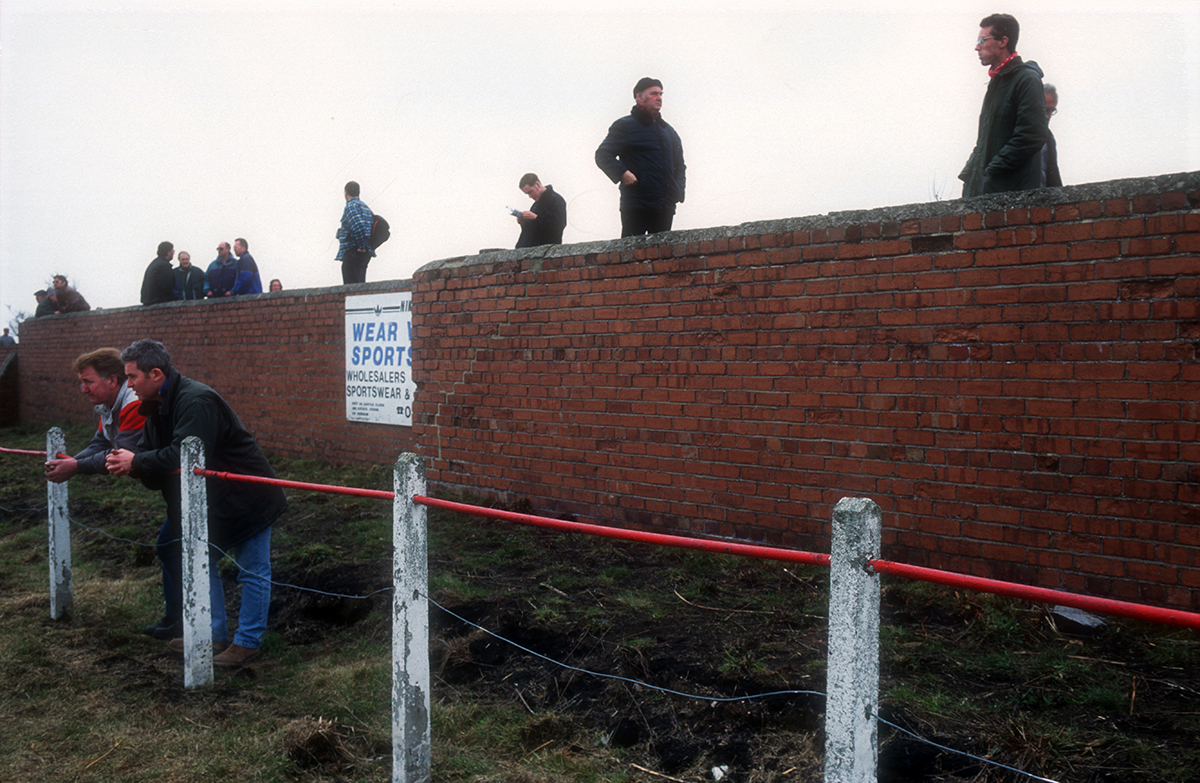
 You’d see kids watching wide-eyed from behind the barriers, imitating the centre-half’s sliding tackle or the winger’s clipped cross — even if it flew into the car park. There were no agents lurking, no Instagram highlights, just word of mouth and someone’s uncle saying, “That lad at Spennymoor could play higher.” Scouts in flat caps might loiter quietly near the dugouts, scribbling notes in the drizzle. A good run of form could earn a trial at a league club; one bad game might mean dropping down a division and a longer drive on a Saturday.
You’d see kids watching wide-eyed from behind the barriers, imitating the centre-half’s sliding tackle or the winger’s clipped cross — even if it flew into the car park. There were no agents lurking, no Instagram highlights, just word of mouth and someone’s uncle saying, “That lad at Spennymoor could play higher.” Scouts in flat caps might loiter quietly near the dugouts, scribbling notes in the drizzle. A good run of form could earn a trial at a league club; one bad game might mean dropping down a division and a longer drive on a Saturday.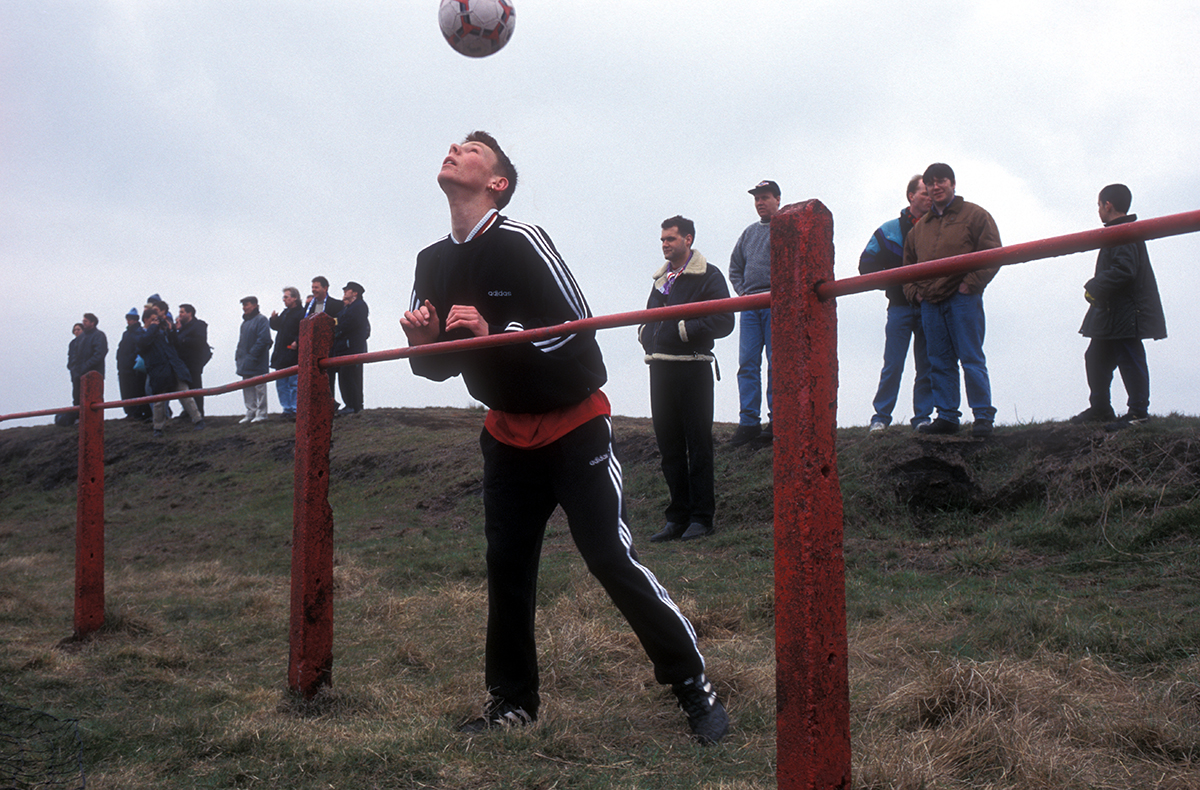
 Managers were characters: tough, no-nonsense, usually with decades of playing and coaching behind them. They didn’t do sports science — they did bollockings in the dressing room and pints after the match. Training might be two nights a week on a floodlit school pitch, with a cold bag of bibs and cones. Yet the passion was real. Players fought for shirts, not sponsorship deals. A promotion push could unite a town. A relegation scrap could empty the clubhouse.
Managers were characters: tough, no-nonsense, usually with decades of playing and coaching behind them. They didn’t do sports science — they did bollockings in the dressing room and pints after the match. Training might be two nights a week on a floodlit school pitch, with a cold bag of bibs and cones. Yet the passion was real. Players fought for shirts, not sponsorship deals. A promotion push could unite a town. A relegation scrap could empty the clubhouse.
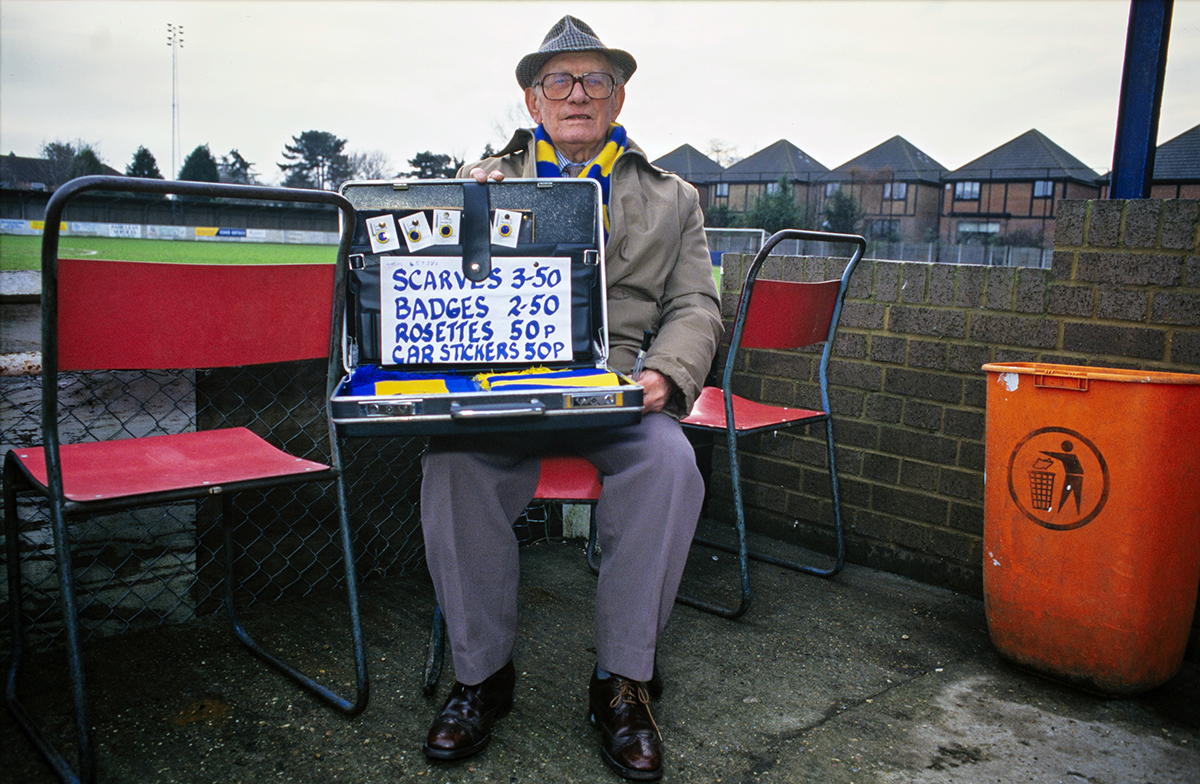 The clubs themselves were held together with love and loyalty — volunteers manning the tea huts, marking pitches with dodgy old line markers, running the tannoy with a crackly mic and a cassette of local radio hits. Often it was ex-players sweeping the changing rooms or pensioners selling raffle tickets with stories of the 1974 cup run.
The clubs themselves were held together with love and loyalty — volunteers manning the tea huts, marking pitches with dodgy old line markers, running the tannoy with a crackly mic and a cassette of local radio hits. Often it was ex-players sweeping the changing rooms or pensioners selling raffle tickets with stories of the 1974 cup run.
 And the rivalries were ferocious. Games against old foes — Whitby vs Blyth, Lancaster vs Chorley — weren’t just about league position. They were about geography, family grudges, decades of history. Players knew they’d get kicked, and fans knew they’d get stick, but no one would dream of missing it. You could smell the damp on the terraces and feel the heat rise off the pitch when a tackle went in late.
And the rivalries were ferocious. Games against old foes — Whitby vs Blyth, Lancaster vs Chorley — weren’t just about league position. They were about geography, family grudges, decades of history. Players knew they’d get kicked, and fans knew they’d get stick, but no one would dream of missing it. You could smell the damp on the terraces and feel the heat rise off the pitch when a tackle went in late.
 For all its rough edges and lack of polish, Northern non-league football in the 1990s was honest — to the players, to the fans, to the places it came from. It was football as a trade, as a ritual, as a reason to keep going through the long winters. And for many, it was the purest form of the game they’d ever see.
For all its rough edges and lack of polish, Northern non-league football in the 1990s was honest — to the players, to the fans, to the places it came from. It was football as a trade, as a ritual, as a reason to keep going through the long winters. And for many, it was the purest form of the game they’d ever see.




